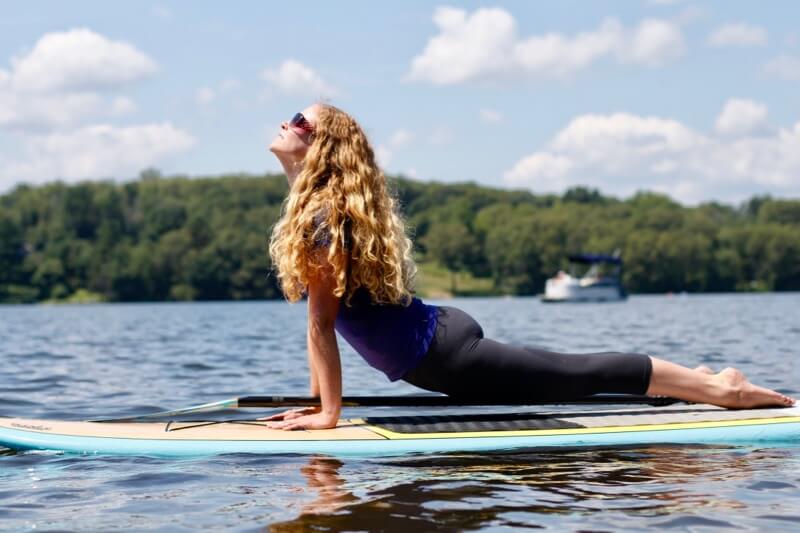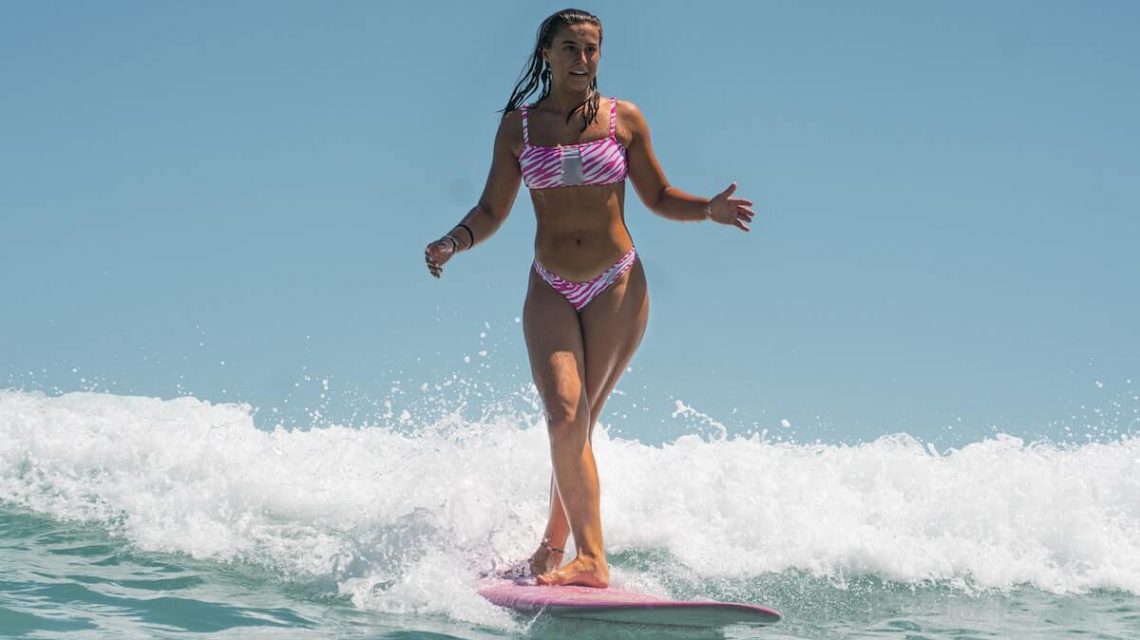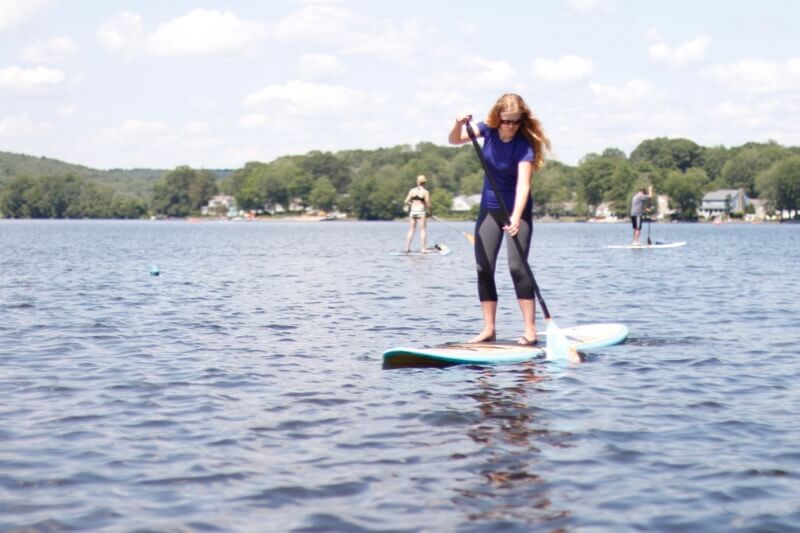There’s always a fine line between working out and having fun. Let’s face it, staying in shape isn’t always the most fun thing to do. Paddle boarding however, really blurs the boundaries between working out and having fun! What better way than to work on your tan, physique while cruising around a beautiful body of water?padd oo
Also Read: Natural Ways of Treating The Neck Rash
How Easy Is It?
Paddle boarding is fairly easy especially if you are athletic already. If you have every snow skied or water skied paddle boarding will be laughably easy for you! This is because the board you ride is very long, super wide and incredibly buoyant. This makes standing on them quite an easy task. You don’t even have to maintain any speed to balance like you would surfing or riding a bicycle.
Transporting Your Paddle Board
The biggest challenge you will face is getting your paddle board to your watery destination. Most boards are over 10 feet in length so you can forget about trying to fit one inside your car! There are some good ways to transport your paddle board safely to your favourite paddling spot however.
This includes everything from soft racks which are very affordable and sit on top of your car to some DIY options which can work if you are willing to spend some extra time rigging stuff together. Either way you will need to consider the haul before you paddle off into the sunset.
Fitness Benefits
Recreational paddling is one of the lower-intensity types of exercise offered by paddle boarding. This makes it great for beginners or those who are recovering from previous muscle trauma. But don’t be fooled, any form of exercise on the SUP will work most of your major muscle groups including your legs, shoulders, arms, back and especially your core. You will also improve your balance, endurance, strength, and flexibility. It’s hard to find a more fun way to get a full body workout!
Yoga
If you are looking to put a little extra something into your paddle boarding experience, SUP yoga is perfect for adding a bit more of a challenge to your yoga land routines, this time on the water. This kind of activity will greatly improve both your balance and flexibility if you are willing to adopt your positions to the paddle boarding atmosphere.

There is inherently a slight limitation on side to side movements as they would surely put you off the board and straight into the water! But most boards are close to 30 inches wide so you’ll be pleasantly surprised at how adaptable yoga is to paddle boarding. Above all keep in mind peacefulness you will experience by floating around on the water!
How About Touring?
Touring consists of paddling at a constant moderate pace, taking larger strokes and going farther distances, and focuses on building endurance. If you’re looking for a slightly more intense workout compared to recreational paddling, touring might be the choice for you!
If you frequently engage in long distance running or biking you will definitely love touring on a paddle board. It will feel like a natural extension to your land-based long distance training! Just be sure to pack some extra water and let somebody know your route as you could be gone for a long while.
Getting Started
Although you can fairy easily walk right onto a floating board, from a dock or even the beach, it’s not a very safe way to begin your journey. You could lose your balance and fall into shallow water or even worse yet, fall onto a rock or hard surface. Assuming you know how to swim and are wearing a life jacket, falling in deeper water is always the safest way to go!
Also Read: Hearing Aids FAQs
This is why launching your board in a kneeling or lying position is the safest way to start your journey. Then you can reposition your body into a standing position once you are away from dangers and into deeper water. Remember you can’t get your body into good shape if you are injured so just be aware of your surroundings and play it safe!







